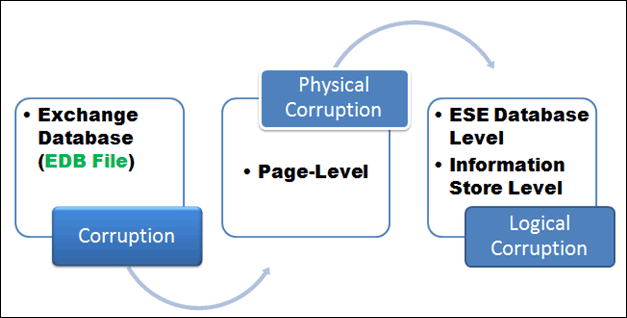
#Defrag exchange 2010 database full#
The command used -get-mailboxdatabase -status can provide quite a bit of information about the databases in your Exchange org, use the |fl command to see the full list. The result will be something along the lines of this: This command will show you the name of the Server the database is mounted on, the name of the database (which is unique across the Exchange org with Exchange 2010) and the mount of space available in the database for new content. Get-MailboxDatabase -Status | Select Servername, Name, AvailableNewMailboxSpace This question can be easily answered, using EMS, as the amount of free space in the database is available via get-mailboxdatabase -Status: Therefore an administrator may not have a clue as to how much of the database is white space, and how much is actual content. However because the process is running constantly, event ID 1221 isn't written to the event log. This means that content that has passed the deleted item retention period, is removed from the database shortly afterwards, rather than waiting for the next online defrag window.


Instead of doing a online defrag during a fixed time window, it now does it constantly. With Exchange 2010, the behaviour of the database has changed. Now after defrag, the file perfect to put back to exchange. After getting the database in the clean shutdown state then this is the point where you should defrag the database with the command below: eseutil /d e:tempdataexchdb.edb. I have written about this event ID and the white space elsewhere: Re-examine the state of database one more time and it should demonstrate the state of clean shutdown. This is reported as free space in the event viewer via event ID 1221 during the night and is the result of content being removed from the database by the online defrag process. With Exchange 2007 and older versions, one of the key elements that an Exchange administrator needed to keep an eye on, and caused confusion for newcomers to Exchange was the amount of white space in the database.

31 December 2010 05.50 0 Exchange 2010 Database White Space


 0 kommentar(er)
0 kommentar(er)
